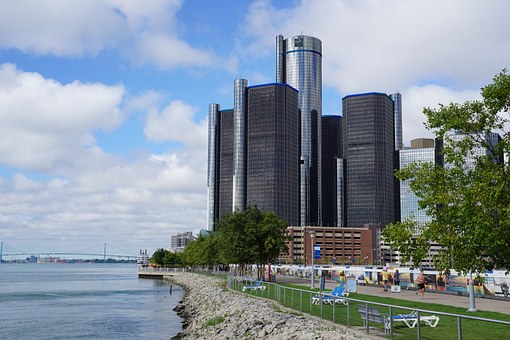- 21555 Melrose Ave - Suite 24, Southfield, MI 48075
- 1-888-221-1505 ext. 103
- sales@isdsystems.net
Supplier Diversity Verification: How Does it Work?
 Supplier diversity verification is a process that helps inclusivity and fairness of opportunities for businesses. The supplier diversity program, as defined by the U.S. Department of Labor, is designed to “ensure that small disadvantaged business enterprises (SDBEs) are not discriminated against.”
Supplier diversity verification is a process that helps inclusivity and fairness of opportunities for businesses. The supplier diversity program, as defined by the U.S. Department of Labor, is designed to “ensure that small disadvantaged business enterprises (SDBEs) are not discriminated against.”
This includes protecting them from bias-based unfair treatment like stereotyping, explicit exclusion or rejection, and biased contract provisions among others.
Equal Opportunity for Suppliers
The supplier’s policy should include an equal opportunity clause which prohibits discrimination based on race, color religion sex age national origin disability status veteran status marital status sexual orientation parental identity family medical history genetic information citizenship political ideology or any other consideration prohibited by federal law; it also requires company leadership to provide reasonable accommodations for individuals with disabilities, and prohibits discrimination on the basis of gender identity or expression.
Equal Employment Opportunity Policy
The supplier diversity verification policy should also include an equal employment opportunity clause, ensuring fair and equitable treatment in all aspects of recruitment, hiring, job operations training, classification systems transfer processes promotion decisions referrals for available positions as well as salary administration among other things.
Rules and Regulations: The US Department of Labor requires companies to comply with Executive Order 11246 (1972) which includes prohibitions against discriminating based on race color religion sex age national origin disability status veteran’s status marital status sexual orientation parental identity family medical history genetic information citizenship political ideology or any other consideration prohibited by federal law; it also requires company leadership to provide reasonable accommodations for individuals with disabilities, and prohibits discrimination on the basis of genetic information.
US Equal Employment Opportunity Commission (EEOC)
The US Equal Employment Opportunity Commission (EEOC) requires companies to comply with Title VII which includes prohibiting discrimination against an individual because he is a member of “protected group.” Protected groups include race, color, religion, sex, age, national origin and disability status; it also prohibits employment decisions based on certain personal characteristics such as sexual orientation or gender identity.
The EEOC defines discrimination directed at someone in their protected class as disparate treatment that results from intentional or unintentional bias against members of that particular group.
Employees are required by federal law to obey all company policies including supplier diversity verification requirements imposed pursuant to Executive Order 11246 (1972). Examples include writing only English language reviews for suppliers who do not have English language reviews, and only submitting bids on contracts with minority-owned firms.
Supplier Diversity Verification Process
The supplier diversity verification process is not confined to the individual company or even a single industry sector; it must be carried out by all companies that are contracting suppliers in order to comply with Executive Order 11246 (1972). The goal of this law is to ensure that qualified contractors from diverse backgrounds have an equal opportunity for procurement contracts.
Supplier diversity verification does not cover every aspect of the contract but rather focuses on verifying whether each contractor has met relevant criteria such as identifying themselves as members of a protected group, having been previously disadvantaged in some way due to their membership in one or more groups, being certified as small and/or woman-owned businesses under any of the relevant certifying programs, or having a reasonable goal for such status.
Contractors must also attest that they have not been engaged in any discriminatory employment practices and provide documentation to verify this claim.
The supplier diversity verification process is handled by their human resources department with assistance from procurement personnel who are tasked with carrying out supplier diversity outreach and training efforts.
Supplier diversity validation can be done on-site at contractor locations or remotely through webinars, online chats, phone conferences, workshops and other methods of providing education services.
The latter method has become more popular due to changes in federal regulations which require contractors to train all new employees within 30 days of hire rather than waiting until there are complaints about possible discrimination before taking action.
